Cities of tomorrow

In the next 25 years, 2 billion MORE people will inhabit the Earth—with an estimated 70% living in cities. Additionally, climate pressures and extreme weather will displace millions, driving urgent demand for new and reimagined urban spaces.
Now is the time to act. Together, we can create cities that are resilient, net positive and life-enhancing—urban spaces that adapt, regenerate, and thrive for generations to come.
What does the city of the future look like?
Here’s a glimpse into what’s possible—innovative ideas and proven solutions already shaping the cities of tomorrow.
The 9 Building Blocks of a Net Zero City
Clean Energy & Microgrids
Cities will power themselves with localized solar, wind, and other renewables. Energy-positive buildings, battery storage, and decentralized microgrids will form the backbone of resilient, net-zero carbon energy systems.
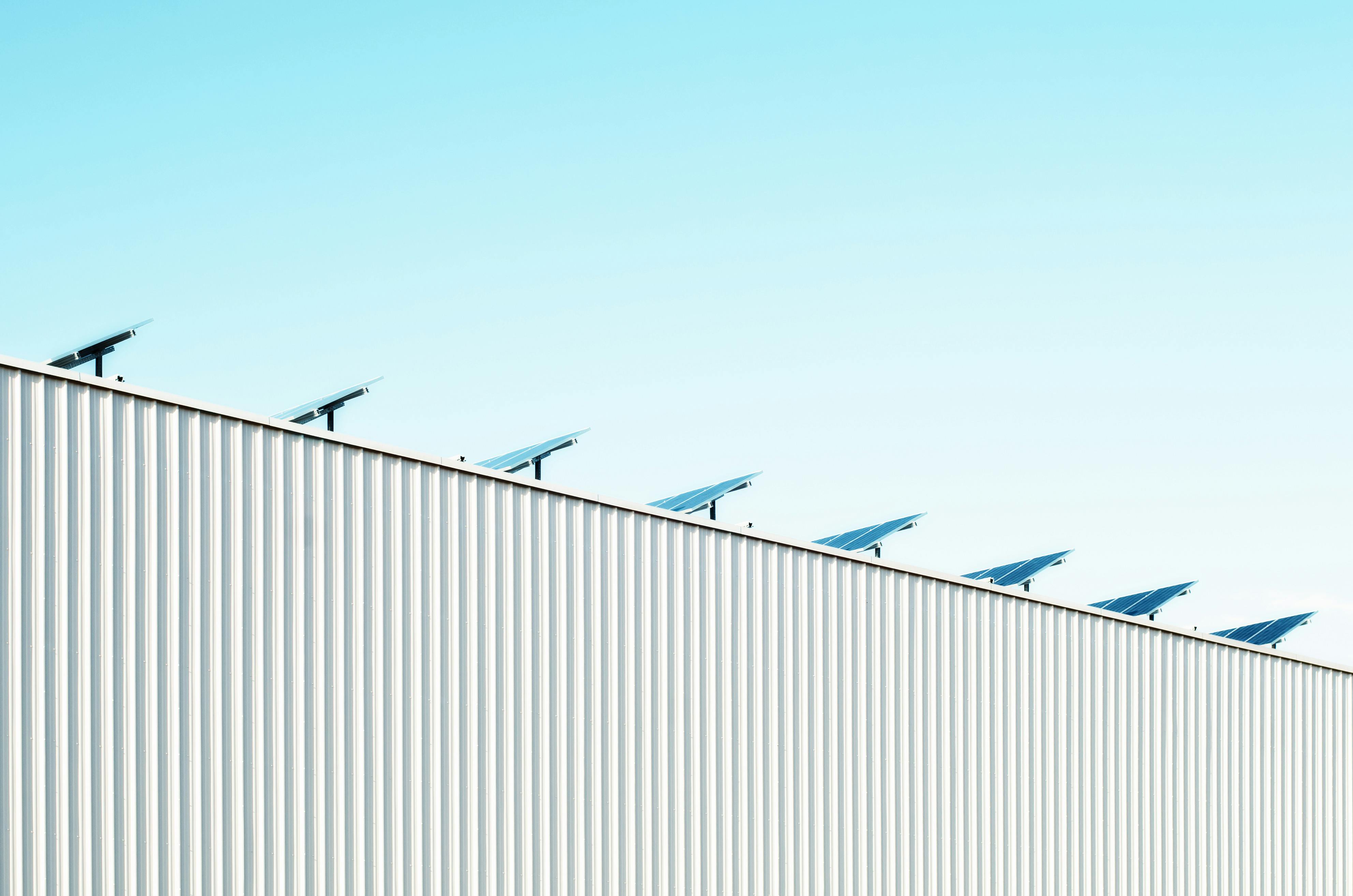
3 cities leading the way
-
Hyllie, Malmö (Sweden) – Smart district powered by solar, wind, biogas, and waste heat, balanced in real time by digital grids. Most advanced model of future cities.
-
Burlington, Vermont (USA) – First U.S. city fully powered by renewables (hydro, wind, solar, biomass). Proves 100% renewables can work city-wide.
-
Canberra (Australia) – Entire capital region runs on renewable electricity through bold policy and investment. Large-scale, government-led success.
Look for solutions here
Regenerative Buildings
Buildings will generate their own energy, capture rainwater, support biodiversity, and be constructed from modular, circular materials designed for reuse over generations. They will be adaptable, flexible, and capable of meeting net-zero carbon goals across their full lifecycle.
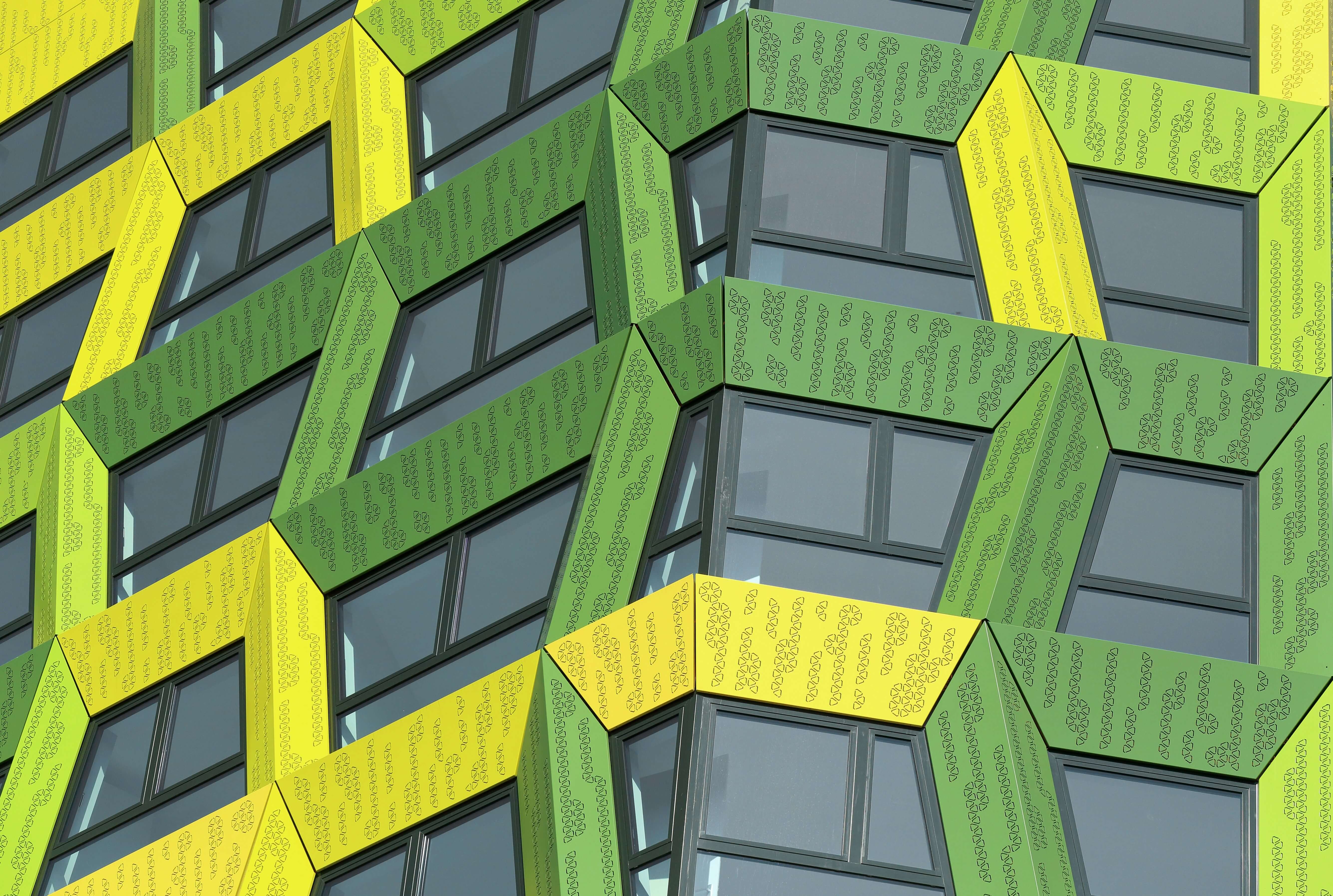
3 examples of energy-positive buildings
-
Powerhouse Brattørkaia (Norway) – World’s largest energy-positive office, producing 2× its consumption with solar and smart design, sharing surplus with nearby buildings.
-
Bullitt Center (USA) – “Greenest office building,” designed for 250 years, with solar, rainwater harvesting, composting, and zero-toxic materials.
-
Pixel Building (Australia) – First carbon-neutral office in the country; record LEED score, with solar, rooftop wind, rainwater capture, and water treatment.
Look for solutions here
Water Resiliency
Cities will secure their water futures through greywater reuse, rainwater harvesting, smart leak detection, and nature-based drainage systems that will protect against both drought and flooding.

3 leading Water-Resilient Countries
-
Singapore – Built resilience through the “Four National Taps”: desalination, rainwater catchment, NEWater (recycled water), and imports. Aims for full self-sufficiency despite no natural resources.
-
Netherlands – Global leader in flood and water management, with dikes, Delta Works, and water-smart urban planning turning risk into resilience.
-
Namibia – Pioneer of large-scale wastewater-to-drinking-water reuse, ensuring supply in one of the driest climates on Earth.
Future Mobility
Urban mobility will prioritize walkable streets, comprehensive cycling networks, zero-emission public transport, and autonomous shared vehicles, replacing car-centric design with safe, efficient, and climate-friendly movement systems.
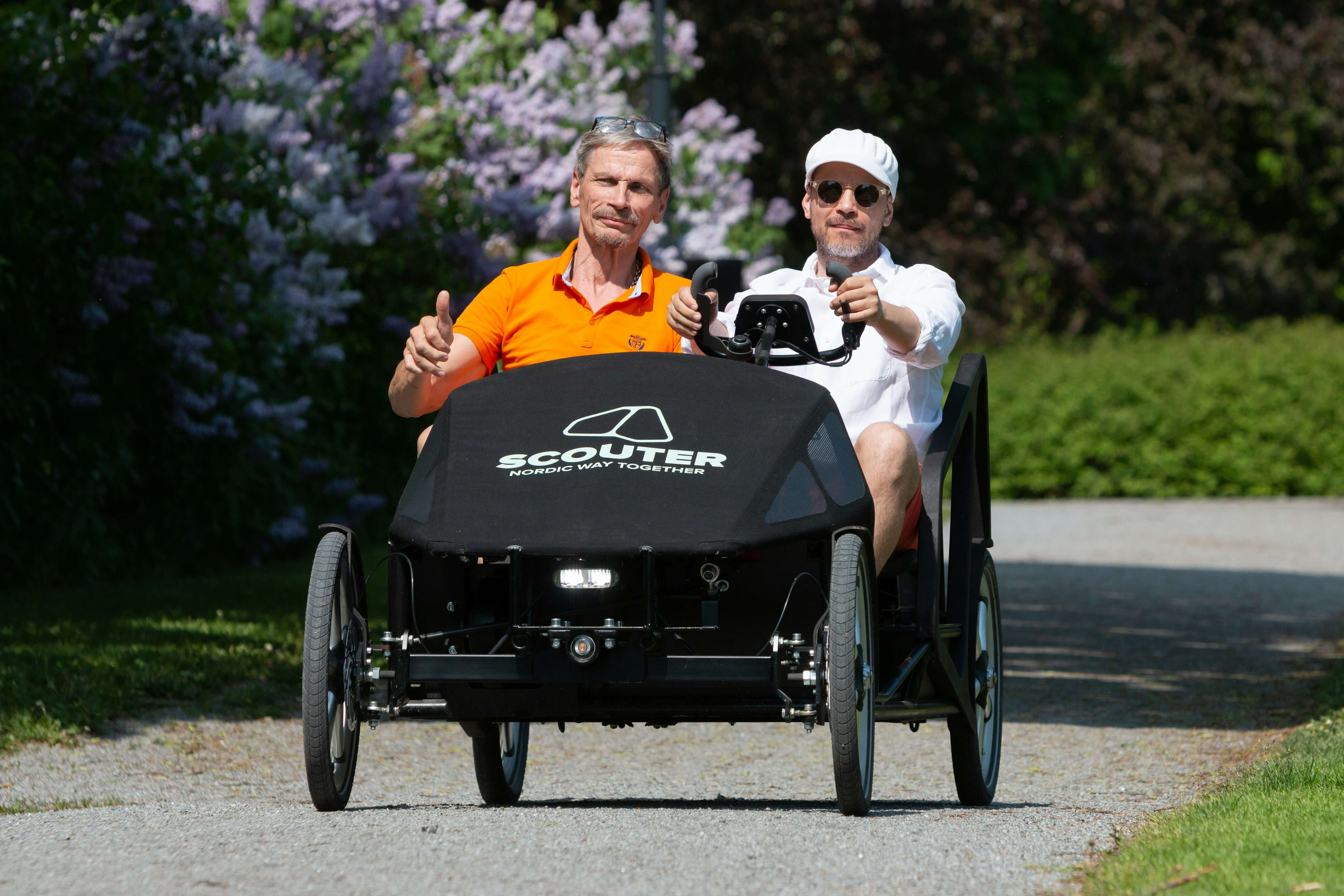
3 cities already leading the way
Copenhagen, Denmark is the world’s cycling capital, where over half of daily trips are made by bike on 350 kilometres of tracks. Its driverless electric metro and seamless public transport make the city both walkable and highly connected.
Oslo, Norway runs the world’s first fully electric public transport system, covering buses, ferries, and trams. Paired with pedestrian-friendly policies and rapid EV adoption, the city has sharply reduced emissions.
Pontevedra, Spain removed cars from its centre in 1999, turning streets over to people. Today, two-thirds of trips are on foot and emissions have fallen by 67%, making it a global model for walkable design.
Look for solutions here
Nature Integration and biophilic solutions
Green roofs, vertical forests, biodiversity corridors, and urban farms will transform cities into living ecosystems—cooling streets, cleaning air, and providing habitats for wildlife.

3 examples for inspiration
Milan, Italy is home to the Bosco Verticale, two residential towers wrapped in over 800 trees and thousands of shrubs and plants. This vertical forest cleans the air, reduces noise, and naturally cools the buildings while creating habitat for birds and insects.
Basel, Switzerland requires green roofs on all new and renovated buildings with shallow slopes. These living rooftops help cool the city, store rainwater, and provide micro-habitats for urban wildlife.
Edmonton, Canada has built wildlife overpasses and underpasses that reconnect fragmented habitats. These biodiversity corridors allow animals to move safely across the city, helping nature thrive alongside people.
Look for solutions here
Data-Driven Governance
Cities will use sensors, AI, and public dashboards to deliver real-time insights, optimize resources, and give citizens a stronger voice in shaping climate-resilient policies.
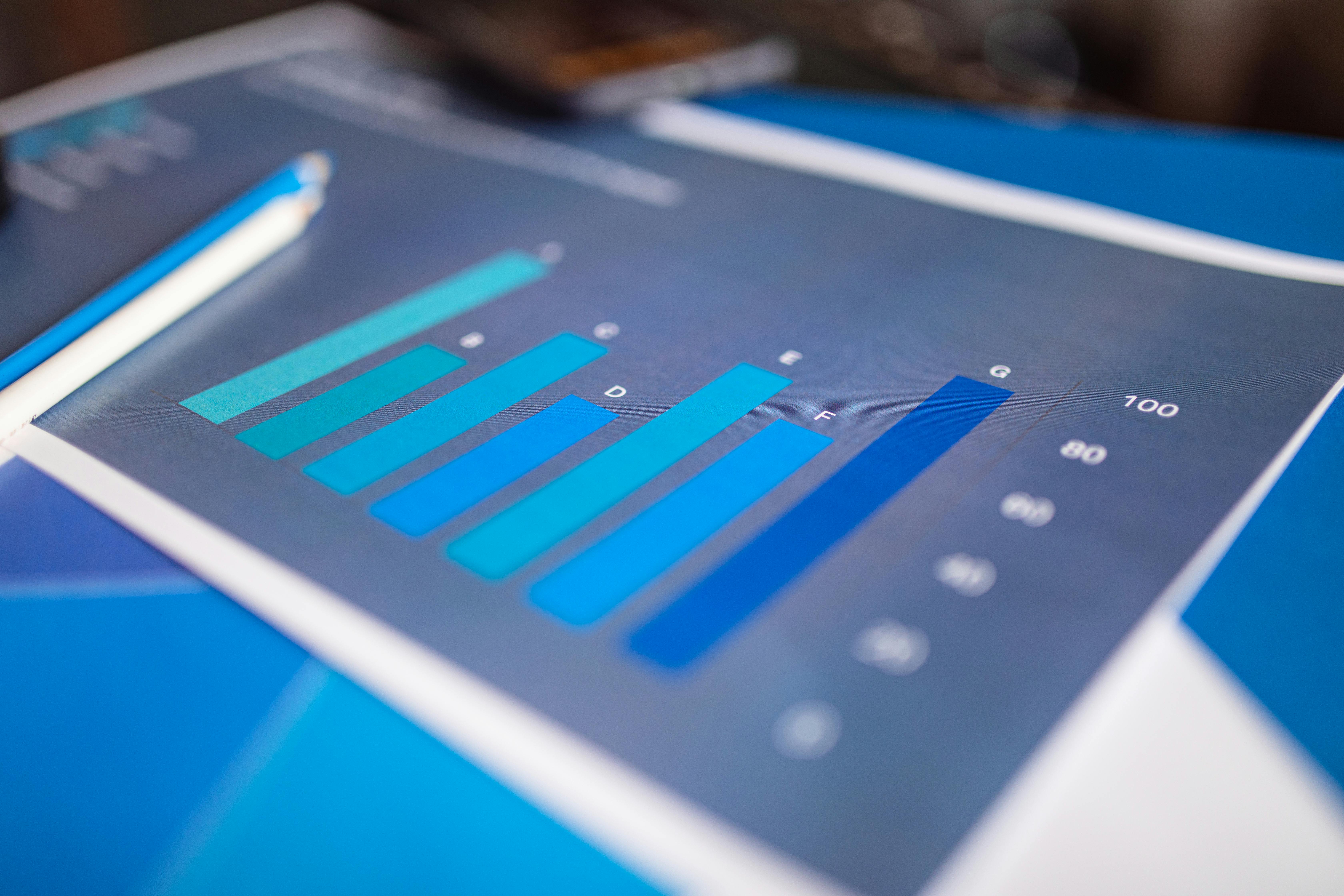
Breakthrough Ideas
Singapore has built a digital twin of the entire city, combining sensor data with 3D modelling. It helps plan climate adaptation, test new transport routes, and involve citizens in shaping urban policy.
Seoul, South Korea runs a citywide air-quality sensor network linked to public dashboards. Citizens can check pollution levels in real time, while the city adjusts traffic and transit policies to cut smog.
Barcelona, Spain pioneered “superblocks,” clusters of city streets closed to through-traffic. They reduce car use, create green public spaces, and cool neighbourhoods while improving air quality.
Toronto, Canada is experimenting with dynamic curb space, where sensors adjust parking, loading, and bike lanes in real time depending on demand.
Helsinki, Finland offers an integrated mobility-as-a-service app (Whim) that combines public transit, bike-share, car-share, and taxis into one subscription, reducing private car use.
Look for solutions here
Urban Food Systems
Rooftop farms, vertical agriculture, and community food hubs will strengthen local food supply, reduce transport emissions, and connect seamlessly with waste-to-compost systems.
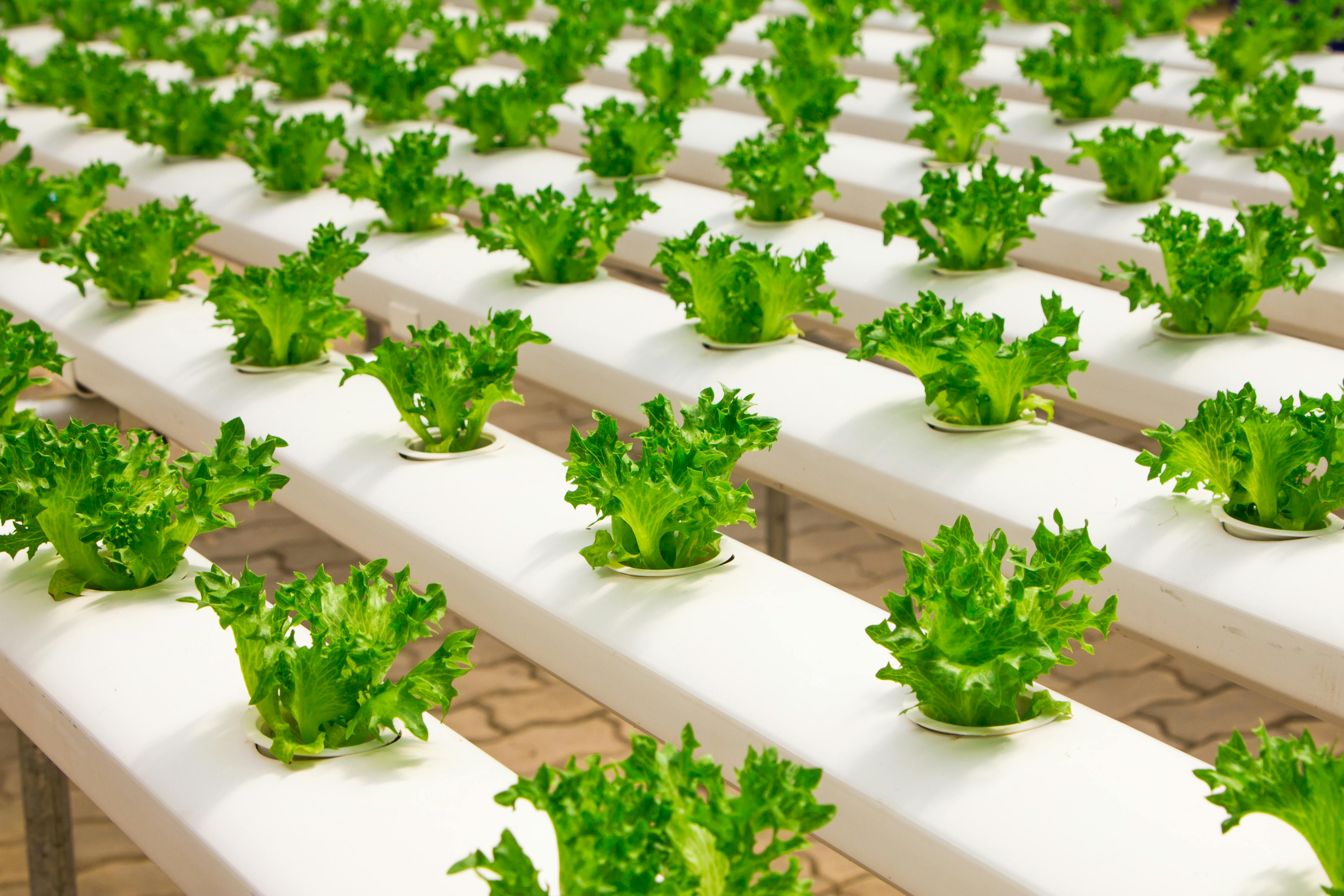
Examples
Lufa Farms, Montreal pioneered commercial rooftop greenhouses, now spanning over 300,000 square feet. Their hydroponic farms grow vegetables without pesticides, recycle water, and integrate local compost, delivering more than 20,000 baskets of produce to city residents each week.
Brooklyn Grange, New York operates three large rooftop farms across the city, producing around 80,000 pounds of organic vegetables annually. Alongside honeybee hives and educational programs, they supply restaurants and markets while greening rooftops and strengthening community ties.
Stacked Farm, Australia/USA develops fully automated vertical farms powered by robotics and data-driven systems. Their facilities use up to 95% less water, reduce transport emissions by producing food close to consumers, and are designed to scale across cities globally.
Look for solutions here
Zero-Waste Systems
Cities will adopt closed-loop systems that recover, recycle, and repurpose materials—eliminating landfill waste and minimizing emissions through a circular urban economy.

3 examples
Seoul, South Korea uses RFID-enabled bins that charge residents by the weight of their food waste. This system has cut waste by over 30% while turning scraps into biogas and compost, tackling one of the world’s most pressing waste challenges.
Ljubljana, Slovenia is the first European capital to commit to zero waste. Through door-to-door collection and reuse centres, it now recycles more than two-thirds of its waste, showing how even historic cities can lead the circular transition.
San Francisco, USA pioneered mandatory composting and recycling, diverting about 80% of its waste from landfill. Its mix of strong policy, citizen engagement, and large-scale composting has made it a global model for urban zero-waste systems.
Visionaries . Reimagining what's possible
Visionaries imagine bold futures for our cities—championing inclusive, regenerative, and resilient designs, where nature and man are one. They connect ideas with action, turning innovation into living examples that inspire global transformation.
4 visionaries already shaping the cities of today
-
Jaime Lerner (Brazil) – As mayor and governor, he transformed Curitiba into a global model of sustainable urban planning. His pioneering Bus Rapid Transit (BRT) system has since been replicated in more than 250 cities worldwide.
- Janette Sadik-Khan (USA) – As New York City’s Transportation Commissioner, she delivered lasting street transformations: 400+ miles of bike lanes, the pedestrianization of Times Square, and safer, more people-focused public spaces that influenced cities around the globe.
- Yu Kongjian (China) – Landscape architect and urban planner who pioneered “sponge cities” — redesigning urban areas to absorb and reuse rainwater through wetlands, green roofs, permeable pavements, and restored waterways. Over 30 pilot sponge cities have been built in China, influencing urban resilience strategies worldwide.
- Stefano Boeri (Italy) – Architect of Milan’s Bosco Verticale (Vertical Forest), integrating 900+ trees and 20,000 plants into residential towers. His vision of vertical reforestation is now spreading to cities worldwide.
Look for solutions here
Our Experts
Our Role
Brilliant Ideas Planet (BIP) is a neutral convening platform — connecting businesses, experts, and citizens with the leading ideas, tools, and partners for building better cities.
We do not promote a single model or impose a one-size-fits-all solution.
Instead, we showcase what’s working — globally — so every city, town, and region can adapt the best ideas to their own culture, climate, and circumstances.
Oops, it seems like you're not a member.
Sign up! It's free. You'll be able to read all the articles you like, download PDFs, and get in contact with the respective owners.
Have an account already? Sign in here




